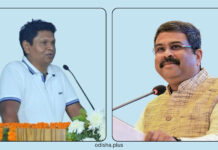Dipak Samantrai
Celebrated in the month of June, from 14th to 17th, after a spell of dry summer, Raja marks the onset of the long awaited monsoon. Odisha, a predominantly agrarian state, celebrates this festival with rare gusto. Unmarried girls mostly participate in this with youthfulness & passion. During the four days that this festival is observed the fields are left undisturbed, the girls are not allowed to walk barefoot, lest they defile mother earth during her menstrual period.
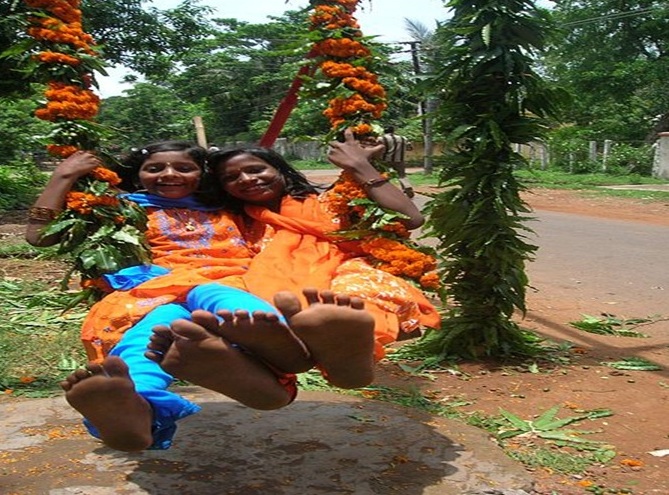
A period of feasts and merrymaking, a time for special sweet delicacies in homes everywhere, it signifies a way of life, as thousands of people assemble in temples scattered throughout Odisha to pay homage to Mother Goddess. This festival of the rains commemorates the fertility of the earth. All decked up, girls swing wildly on the swings hung from the branches of the trees, sing songs of love, marriage and their partners.
Girls dressed in vivid sarees brilliant reds, electric blues and bamboo greens evoke the erotic hues of peacock faders the rims of their embellished feet with red dye, their foreheads decorated with florid designs in sandalwood paste. Filigreed pendants hang from there earlobes. They swing on the decorated swings hanging from the low branches of the trees.
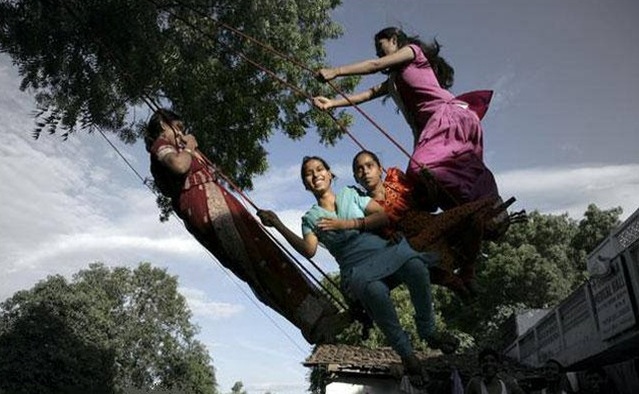
During this celebration women are given a break from household work and it’s a time to play indoor games. Including the curtain raiser, Raja Parba or Mithuna Sankranti is spread over four days. Paheli Raja (Day One), Raja Sankranti (the Main Day), Basi Raja (the Day After) followed by Vasumati Gadhua or the ritual bath of Bhudevi, wife of Vishnu. A silver idol of whom is there in the Puri temple, near Lord Jaganath. Various Pithas are made of which Podopitha and Chakuli Pitha are common.
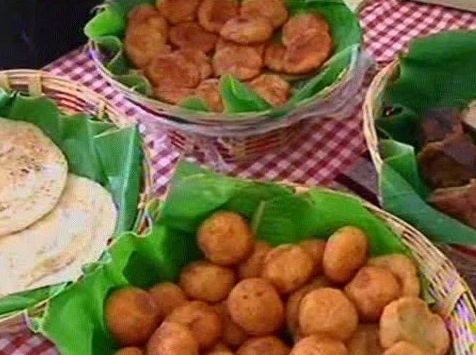
The Raja geeta, a folk song sung by the people is:
Banaste dakila Gaja,
barasake thare aasichhi Raja,
asichi raja lo
gheni nua sajabaja !!
Meaning the Raja carnival has come with the freshness of the new, a promising start. This festival is celebrated in a completely relaxed, laid-back ambiance. No one goes to the fields. Not only girls, women, men, children all mingle with gay abandon during the festivities. Songs, drama, dance, Jatra, Gotipua dance performances keep them awake throughout the nights. Initially confined to the coastal districts, nowadays Raja ‘fever’ engulfs the entire state of Odisha. In an attempt to popularize the age-old Raja festival, Odisha Tourism Development Corporation (OTDC) has started Raja Mahotsav at its Panthanivases located at Bhubaneswar, Chandipur, Konark, Gopalpur, Barkul, Paradeep, Cuttack and Puri.
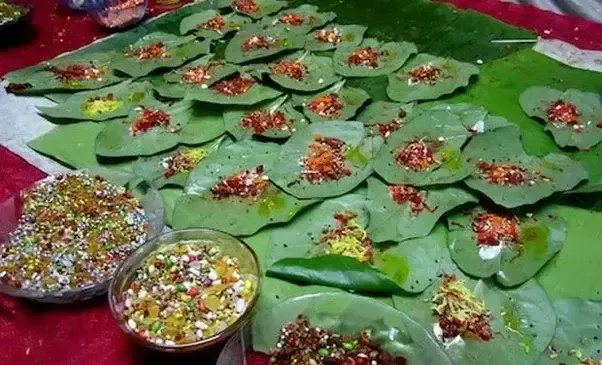
Traditional Odia Pithas, a special kind of delicacy like Poda, Manda, Arisha, Kakara, Chakuli and other dishes are available at reasonable prices during the festival. Other items include Muga Bundi, Khira Gaja, Dahi Vada and Chhena Poda. This year, OTDC has introduced special sugar free Kakara Pitha, Poda Pitha and Bhaja Manda for the first time. The counters of Panthanivases will remain open between 9 am to 1 pm and 4 pm to 8 pm till June 17. Raja Pana (betel- nut) is, of course, a special attraction. Raja Pana and Raja Doli are the major attractions of the festival.
In the jungles of Odisha’s hinterland, Adivasis (tribals) celebrate the festival in the age-old tradition of wine of the palm and of the mohul flower, they drink their fill and dance late into the night to the echoes of songs and beats of drums.
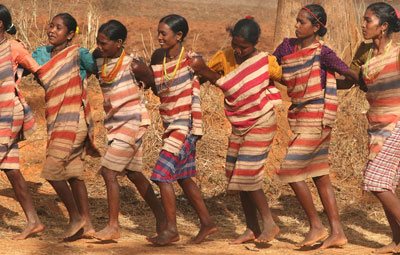
On a serious note, Frédérique Apffel-Marglin a scholar has critically presented her account on the menstruation festival of the Goddess in Odisha. The Goddess is variously known as Harchandi, Prithibi, Thakurani, Basudha, Draupadi. Marglin says that menstruation, the sine qua non aspect of a women’s being is the focal point around which the conception of the Goddess and the relationship of women to the Goddess is formed for both women and men.
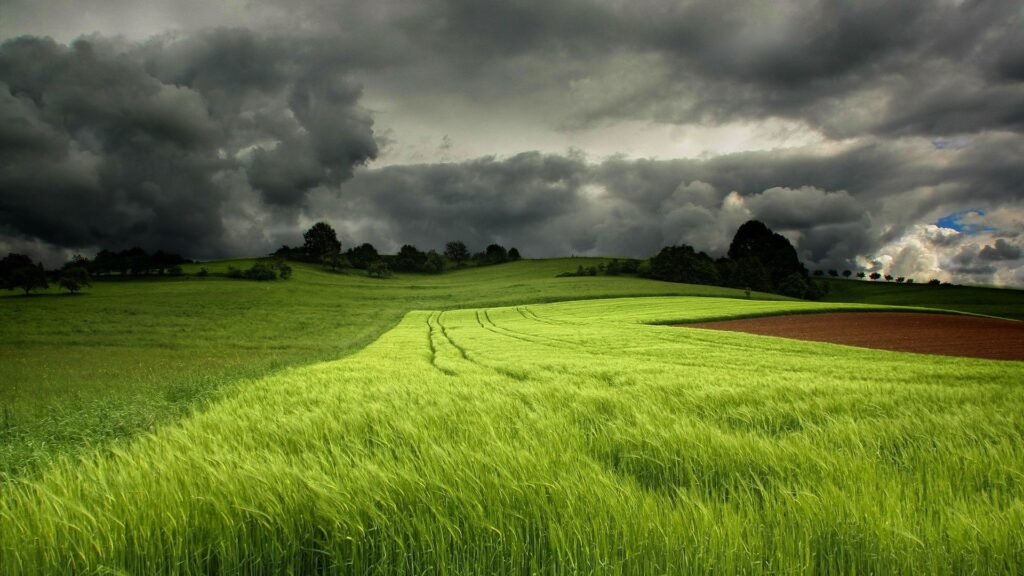
It is believed that the human body is not only a biological entity it encompasses a larger reality that is inclusive of the women, earth, and Goddess. This point can be illustrated with reference to conception of the places of pilgrimage and worship (Sakta-pithas) as presented in the Hindu literature. Come to Odisha during Raja Parba to soak in the unique festive spirit of this agrarian society and monsoon magic.
(The writer is a former Director,National Academy of Broadcasting and Multimedia Staff Training Institute,AIR & DD, Bhubaneswar)





